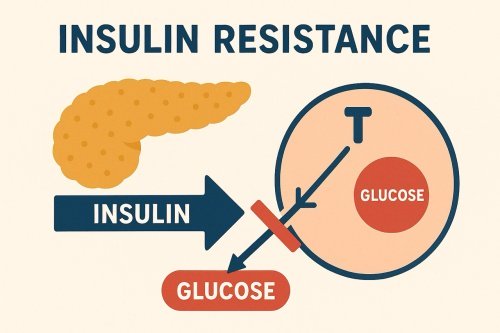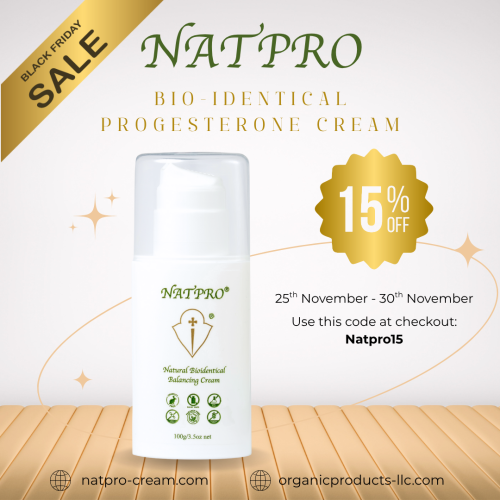Spotting one week after ovulation
by Emily
(Oslo, Norway)
I had a miscarriage a year ago and have failed to fall pregnant since. After reading Wheat Belly, The Vitamin D Solution and Good Calories, Bad Calories, I have changed to a low-carbohydrate, high-fat diet for the last two months and I am spending time in the sun to increase my vitamin D level. I do feel better for it, but after reading this website I realise I'm more than likely suffering from estrogen dominance. For the past 5-6 cycles I have been spotting up to a week before my period starts and I have a host of other symptoms (scored 53 on the questionnaire).
This cycle I started using NatPro cream at approx. 250-300mg/day (I started applying the cream as soon as my fertility monitor registered a peak in fertility, so at least 24h prior to ovulation). A lot of my symptoms have cleared up and I'm feeling very calm, however, today I've started spotting, one week after ovulation. Since this is my first cycle using NatPro cream, should I just accept that pregnancy is unlikely this month? Would you recommend increasing the dose straight away or wait to increase it until my next cycle? I am more than willing to try 450mg/day, but am worried that since I'm already spotting, that implantation is unlikely to occur this cycle.
Please, any advice would be greatly appreciated.
Emily
Comments for Spotting one week after ovulation
|
||
|
||
|
||
|
||
|
||
|
||
|
||
|
||
|
||
|
||
|
||
|
||
|
||
 Feeling tired, foggy, or struggling with stubborn weight gain—especially around the waist? You might be surprised to learn that these symptoms could be linked to insulin resistance, a condition that a…
Feeling tired, foggy, or struggling with stubborn weight gain—especially around the waist? You might be surprised to learn that these symptoms could be linked to insulin resistance, a condition that a… Are you struggling with irregular cycles, unwanted hair growth, or unexplained fatigue? You’re not alone. Polycystic Ovarian Syndrome (PCOS) affects up to 10% of women of reproductive age—and many mor…
Are you struggling with irregular cycles, unwanted hair growth, or unexplained fatigue? You’re not alone. Polycystic Ovarian Syndrome (PCOS) affects up to 10% of women of reproductive age—and many mor… While progesterone is often discussed in relation to reproductive health, emerging research reveals its remarkable role in supporting brain function and protecting against neurological decline. Proges…
While progesterone is often discussed in relation to reproductive health, emerging research reveals its remarkable role in supporting brain function and protecting against neurological decline. Proges… Incase you missed it!
Today is the last day for you to claim 15% off our Natpro 100ml Dispensers. The sale ends at midnight tonight.
How to Claim Your 15% Discount:
•Shop at
Incase you missed it!
Today is the last day for you to claim 15% off our Natpro 100ml Dispensers. The sale ends at midnight tonight.
How to Claim Your 15% Discount:
•Shop at